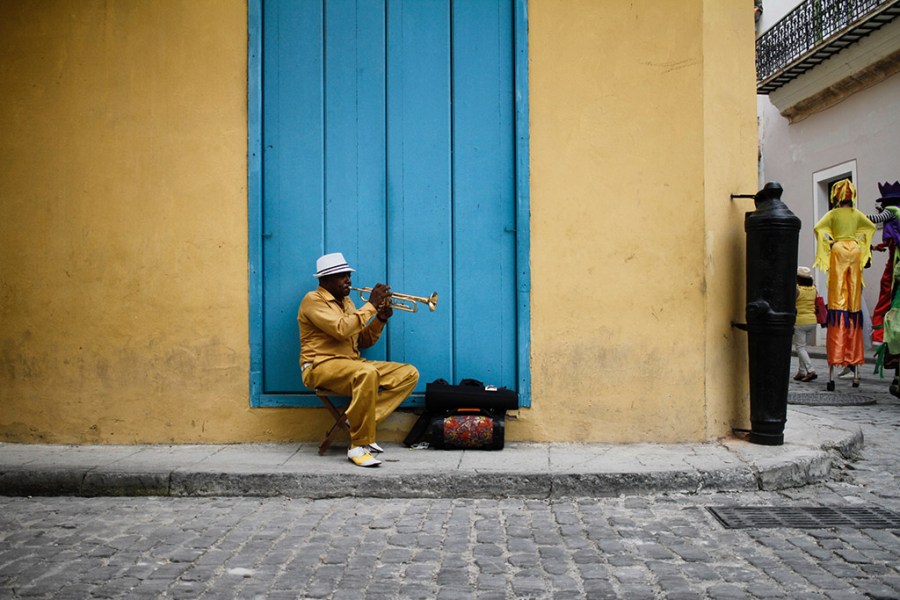Top Guidelines Of Street Photographers
Indicators on Street Photographers You Should Know
Table of Contents4 Easy Facts About Street Photographers ExplainedSome Of Street PhotographersThe Main Principles Of Street Photographers Street Photographers - QuestionsThe Only Guide for Street Photographers
Road professional photographers do not necessarily have a social objective in mind, yet they like to isolate and record moments which may otherwise go undetected.He was influenced by several of those who affected the road professional photographers of the 1950s and '60s, he was not chiefly interested in catching the spirit of the road. The impulse to visually record people in public started with 19th-century painters such as Edgar Degas, douard Manet, and Henri de Toulouse-Lautrec, who functioned side by side with photographers trying to catch the essence of metropolitan life.
Since of the comparatively primitive innovation offered to him and the lengthy exposure time needed, he battled to catch the hustle and bustle of the Paris streets. He trying out a collection of photo approaches, trying to locate one that would certainly allow him to capture activity without a blur, and he located some success with the calotype, patented in 1841 by William Henry Fox Talbot. As opposed to Atget, photographer Charles Marville was employed by the city of Paris to develop an encyclopaedic file of Haussmann's metropolitan planning task as it unravelled, thus old and new Paris. While the professional photographers' topic was essentially the very same, the results were noticeably different, demonstrating the effect of the photographer's bent on the personality of the pictures he produced.
Offered the fine quality of his photos and the breadth of product, designers and musicians often bought Atget's prints to utilize as recommendation for their own work, though business passions were barely his main inspiration. Rather, he was driven to photograph every last remnant of the Paris he liked.
Some Known Details About Street Photographers
They disclose the city with his eyes. His job and basic understanding of digital photography as an art type acted as motivation to generations of photographers that complied with. The future generation of street photographers, though they likely did not describe themselves therefore, was ushered in by the photojournalism of Hungarian-born professional photographer Andr Kertsz.
Unlike his peers, Brassa utilized a larger-format Voigtlnder video camera with a longer exposure time, forcing him to be much more calculated and thoughtful in his technique than he might have been if utilizing a Leica. (It is assumed that he may not have actually had the ability to manage a Leica at that time, but he did, however, utilize one in the late 1950s to take colour photographs.) Brassa's photos of the Paris abyss brightened by synthetic light were a discovery, and the collection of the collection that he released, (1933 ), was a significant success.
Cartier-Bresson was a champ of the Leica video camera and one of the very first photographers to optimize its capabilities. The Leica allowed the digital photographer to engage with the environments and to record minutes as they took place. Its relatively small dimension likewise assisted the professional photographer discolor into the history, which was Cartier-Bresson's preferred method.
Not known Facts About Street Photographers
It is due to the fact that of this essential understanding of the art visit here of picture taking that he is usually attributed with discovering the tool around once again roughly a century because its creation. He took pictures for more than a half century and affected generations of photographers to trust their eye and intuition in the minute.
These are the inquiries I shall attempt to respond to: And after that I'll leave you with my very own meaning of street digital photography. Yes, we do. Allow's start with specifying what a meaning is: According to (Street Photographers) it is: "The act of defining, or of making something certain, unique, or clear"
No, certainly read this article not. The term is both restricting and deceiving. Seems like a street photography must be images of a roads ideal?! And all street photographers, other than for a little number of outright novices, will fully appreciate that a road is not the crucial element to road photography, and in fact if it's a photo of a road with possibly a couple of boring individuals doing nothing of rate of interest, that's not street photography that's a photo of a road.
Rumored Buzz on Street Photographers
He makes a valid point don't you assume? While I agree with him I'm not sure "candid public digital photography" will catch on (although I do kind of like the term "honest digital photography") due to the fact that "street digital photography" has actually been around for a lengthy time, with many masters' names connected to it, so I think the term is below to remain (Street Photographers).
You can shoot at the coastline, at an event, in an alley, in a park, in a piazza, in a coffee shop, at a gallery or art gallery, in a metro redirected here station, at an event, on a bridge, under a bridge ...
Yes, I'm afraid we have no choice! Without policies we can not have an interpretation, and without a definition we don't have a style, and without a category we do not have anything to define what we do, and so we are stuck in a "rules interpretation category" loophole!
The Greatest Guide To Street Photographers
